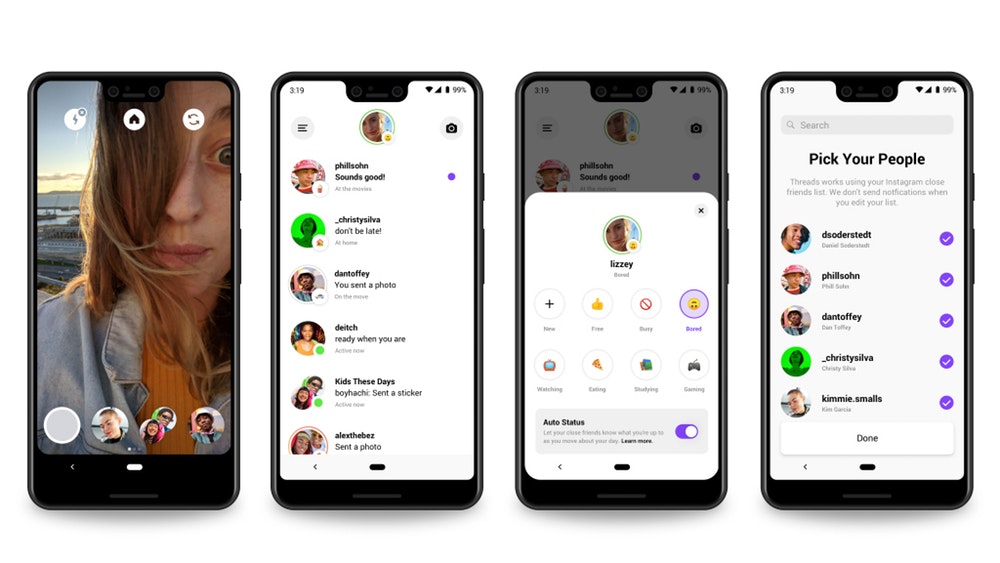
Sometimes you open an app and feel like the app knows more about you than you do. Algorithms are responsible for this. But how do they know so much about you? How are suggestions generated on YouTube, Spotify, TikTok and Co. based on probabilities?
In social media, there are many names for hidden algorithms: For you Page (TikTok), Feed (Instagram) or Music you might like (Spotify). The assignment of content also happens on the basis of cookie data. Priority is given to contributions that seem to correspond to one’s own opinion and interest. If your child is shown suitable things, there is a high probability that they will spend more time on the platforms.
Since August 2016, Instagram no longer generates the feed chronologically, but designs it according to individual usage behavior. Instagram uses so-called machine learning for this display and wants to make its algorithm even smarter. For the individual feed , Instagram collects various usage data, such as one’s activity, interaction history, locations, and much more. The result: a perfectly personalized feed. Has your child experienced this as well?
Spotify also works in a very similar way. In the Profile button, the music app collects songs, albums, and artists that have been played recently. The duration of use and the location also play a role for the hidden button profile. In order to be able to create playlists that suit one’s own tastes, the hidden algorithm compares one’s own interests with those of other users. Under the Discover section, Spotify then shows individually tailored top recommendations such as Your Mix of the Week.
TikTok offers a special feature among social media algorithms. At first glance, there is hardly any difference to the other platforms and their approach. But what is special here is that usage behavior is closely examined by algorithms. Within a very short time, your child will be shown videos from different areas that seem to be of particular interest to him or her. This can also include videos that do not have a large number of clicks. This way, videos from yet unknown creators can also go viral on TikTok.
We find personal recommendations everywhere. Children should know that algorithms exist and that their behavior has an impact on them.
Why an app understands them so well is not easy for your child to figure out. Therefore, promote comprehensive information and media literacy. This includes talking to your child about the fascination of social media .